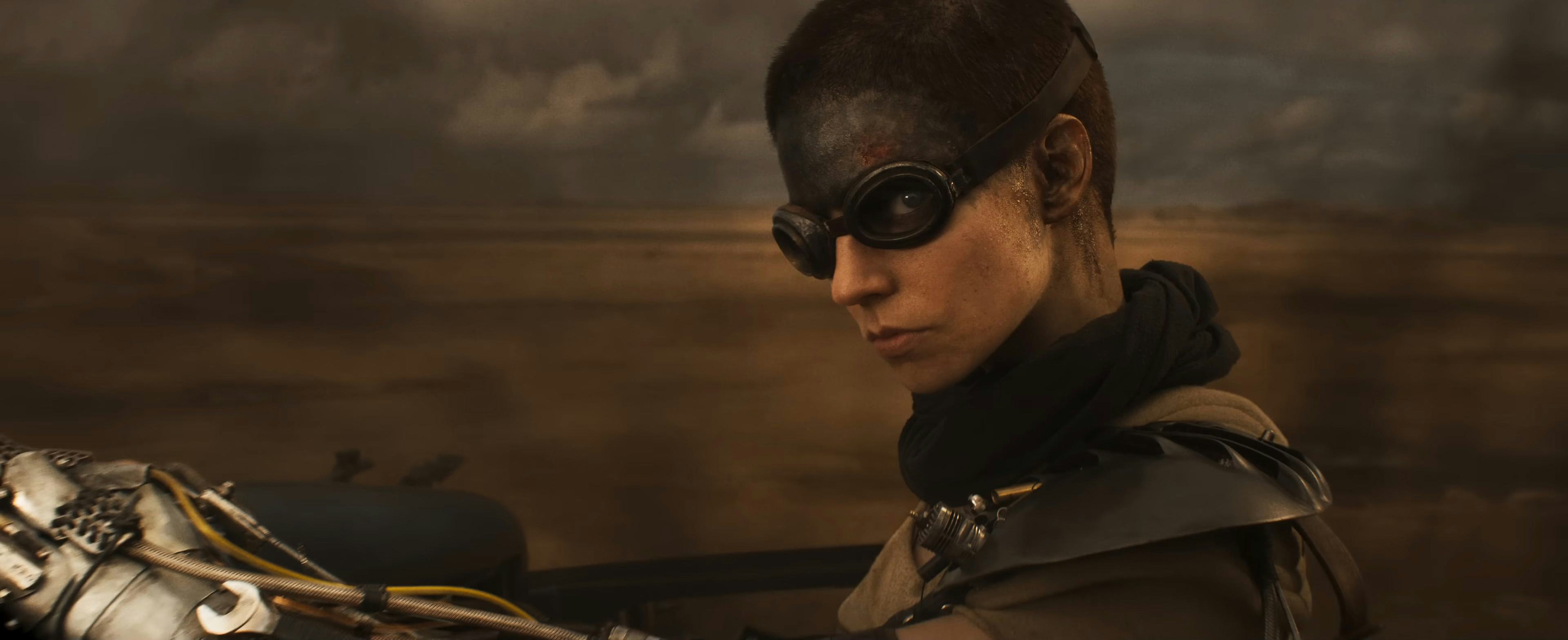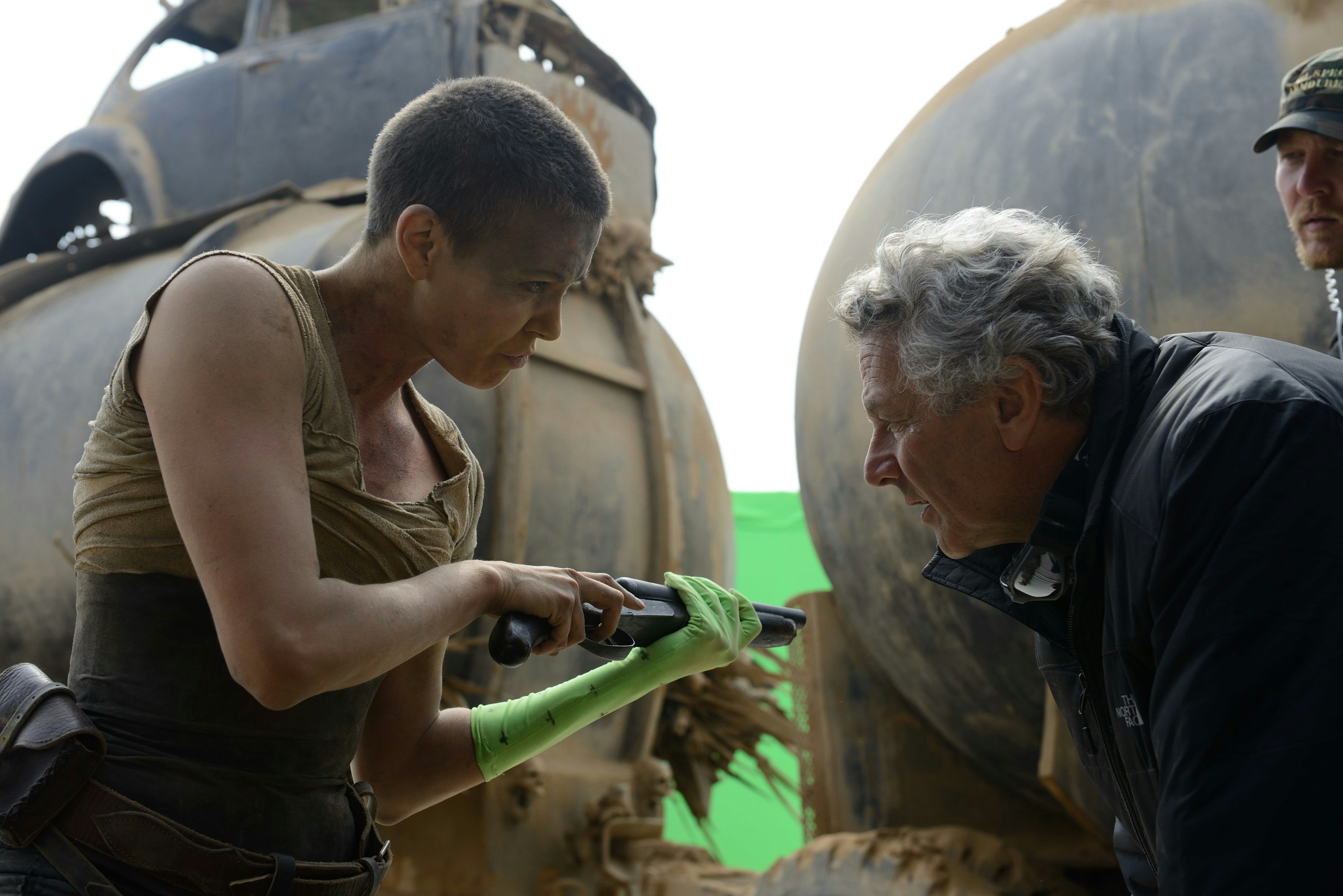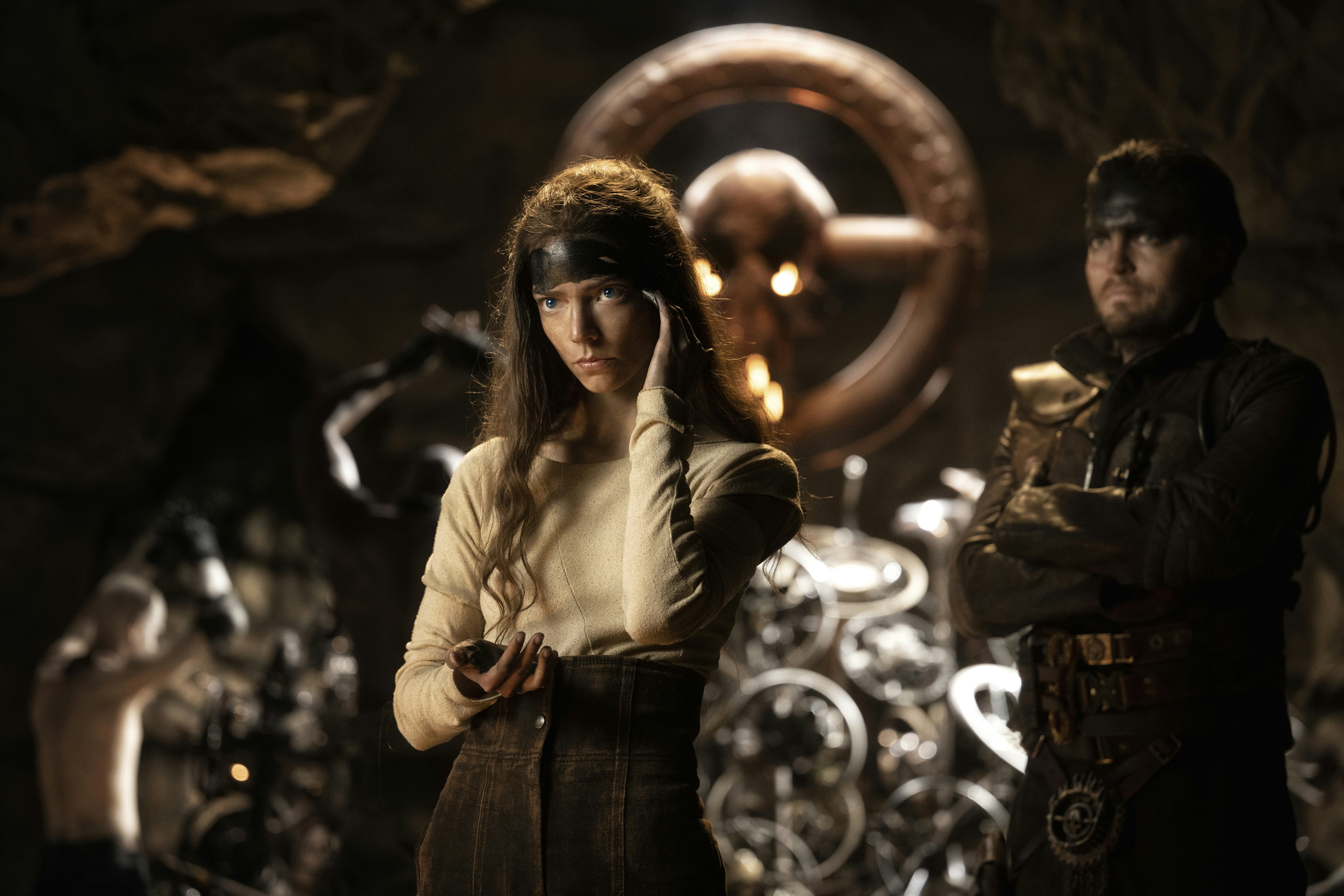
Must all badass action heroines be stoic and silent? For all the trouble this trope brings, Charlize Theron’s Imperator Furiosa — the runaway protagonist of Mad Max: Fury Road — made a compelling case for it.
Theron has always done a lot with very little, bringing vulnerability to introspective, icy characters. But Furiosa was one of her best performances yet, as the character is a cool-headed presence in an otherwise-manic wasteland... until the emotional peak of Fury Road, when Furiosa learns her homeland, the Green Place, has been turned into a wasteland itself.
Given the fact she’s spent a decade fighting to protect — and eventually return to — this land, she’s earned a moment of grief. And Theron brings the full weight of that moment to bear in one gut-wrenching, silent scene, which director George Miller later revealed was improvised.
Theron reportedly fought hard for a moment that showcased Furiosa’s humanity, arguing that it was crucial to up the stakes of her journey and make her feel less like a stock heroine. “We’ve seen this woman be so capable and driven, so we need to have a moment where she’s none of those things,” Theron told Kyle Buchanan, author of Blood, Sweat & Chrome: The Wild and True Story of Mad Max: Fury Road.
“I don’t know how you find such an earnest character in a brutal landscape like that — there has to be something more from the gut,” she continued. “She can have all those human qualities that we sometimes don’t want to give heroines.”
It’s a struggle she might share with Anya Taylor-Joy, who takes over as a younger version of the character in Furiosa. The Mad Max prequel charts 15 years of Furiosa’s early life, and should come with a few cathartic moments akin to Theron’s primal scream. But as Taylor-Joy recently told Buchanan in an interview with The New York Times, those moments were still just as hard to bring to fruition.

Miller’s previous Mad Max sets have all been born from grueling shoots, and Furiosa was no different. Taylor-Joy has spoken about the months she spent in isolation, and the limits that placed on her performance. “[Miller] had a very, very strict idea of what Furiosa’s war face looked like, and that only allowed me my eyes for a large portion of the movie,” she told the Times. “It was very much ‘mouth closed, no emotion, speak with your eyes.’ That’s it, that’s all you have.”
With Furiosa, Miller wanted to emulate the antiheroes of the Western. “If you look at the classic, almost inevitably male heroes — going back to John Wayne and Clint Eastwood — they’re usually very laconic,” Miller told the Times. “When you’ve got someone with a lot going on and they’re silent, the audience is getting ahold of a lot of stuff.”
That relationship between character and audience has echoed throughout the Mad Max films. But with this younger take on Furiosa, one would expect her to be more vulnerable, not less. Women in action should be allowed to emote: think Terminator’s Sarah Connor, or Avatar’s Neytiri. More often than not, though, female action stars are relegated to the “tough as nails” trope, and their humanity is downplayed in favor of spectacle.
Taylor-Joy agrees, which is why she fought hard for an emotional moment, however brief, in Furiosa.

“There’s one scream in that movie, and I am not joking when I tell you that I fought for that scream for three months,” the actor told the Times. While she was otherwise on board with Miller’s strict process, an emotional moment for Furiosa was crucial to the journey. There’s just no way the character could spend 15 years bottling her emotions up, she argued: “We’re animals, and there’s a point where somebody just snaps.”
Miller came around, just as he did with Theron. The director is notoriously cryptic with his plans, and he always seems to know what he wants from his cast, but when it comes to crafting a compelling female character, it’s never a bad idea to take notes.







